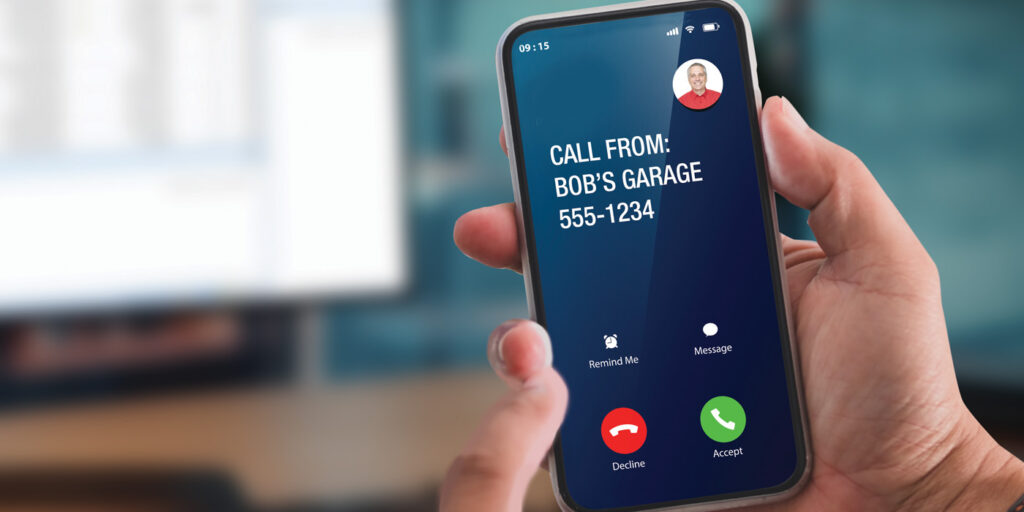As parts professionals, we all spend a LOT of time on the phone. Handling incoming calls from commercial and DIY customers, making calls to vendors or tech support, and returning missed calls are all part of a busy counter pro’s day. The telephone has been the primary means of communicating with most of our customers for decades, but that dynamic has changed drastically in the past few years.
Customers are now using their smartphones not only to call our stores for quotes, but also to shop and to place online orders with us AND our competitors. Online orders via smartphone, tablet or laptop can be placed any time of day, so we are now effectively open 24/7 (or “31,” as one of my favorite co-workers likes to say), even if pickup is only available during “normal” business hours.
Our customers have much more online information at their disposal than they ever have, and they are more likely to already have researched the parts and accessories they want, before even contacting you for a quote. This makes for a more educated customer, who knows exactly what they want. However, it also may create “price-point” expectations. We’re now competing with online mass retailers, as well as the parts store down the street. We’ve all gotten the “Well, I can buy it online for … ” phone calls. That’s when our knowledge of features and benefits, coupled with our sales skills, are essential to getting the customer to commit to our products. (Besides, if we have it RIGHT NOW, isn’t that worth a little bit extra to our customer, especially a commercial account?)
The proliferation of cellphones may make it easier for our customers to make contact with us, but it also presents a few stumbling blocks for management and counter staff. I would venture to guess that EVERY company has some sort of policy outlining the use of personal phones during business hours, but most of these policies fall into two categories: leave it in your car, or leave it alone when you’re on the clock. For some employees, that phone can be too much of a distraction and time-waster, but when used effectively, it is an invaluable tool behind the counter. I am fortunate that my company’s policy allows for “legitimate business use” of cellphones, but I still feel awkward when a customer sees me on my personal phone at the counter.
Perception is everything, and if a customer assumes that you’re ignoring them while chatting, texting or watching the latest TikTok, they might think twice about doing business with you. In reality, that conversation or text might be with an important commercial client, or you might be watching an instructional video hosted on a vendor’s YouTube channel. If you are allowed to use your phone for business purposes, be aware of your surroundings, and consider the image you’re portraying both personally and professionally.
In my opinion, the single-most effective feature of today’s smartphones is the camera. Trying to describe a part over the phone can be difficult at best, and as they say, “A picture is worth a thousand words.” I’m convinced that the infamous “Toyota water-pump gasket” gag wouldn’t be nearly as effective if you didn’t have to try and describe what it looks like over the phone. The camera has dozens of other uses, for the parts specialist as well as the customer. Photos can help bridge language barriers, as well as empower a customer who is unsure of what a part is called. Personally, I also use it as a “notepad.” I haven’t had to write a VIN or part number on my hand in YEARS, and I can put my camera in places my head won’t fit to see a casting code or other detail. When combined with a text message, I’ve also managed to identify and quote parts to customers, then finalize an order without even speaking to them!
Many of my most loyal and trusted customers have my personal cellphone number. They respect the boundaries of our business relationship, although many are also friends. They know how to reach me, and, more importantly, when they can reach me for work-related purposes. If you choose to give your customers access to your personal cellphone number, remember that it’s much like posting pictures on the internet. Once it’s out there, you no longer have control of what someone else does with it!












